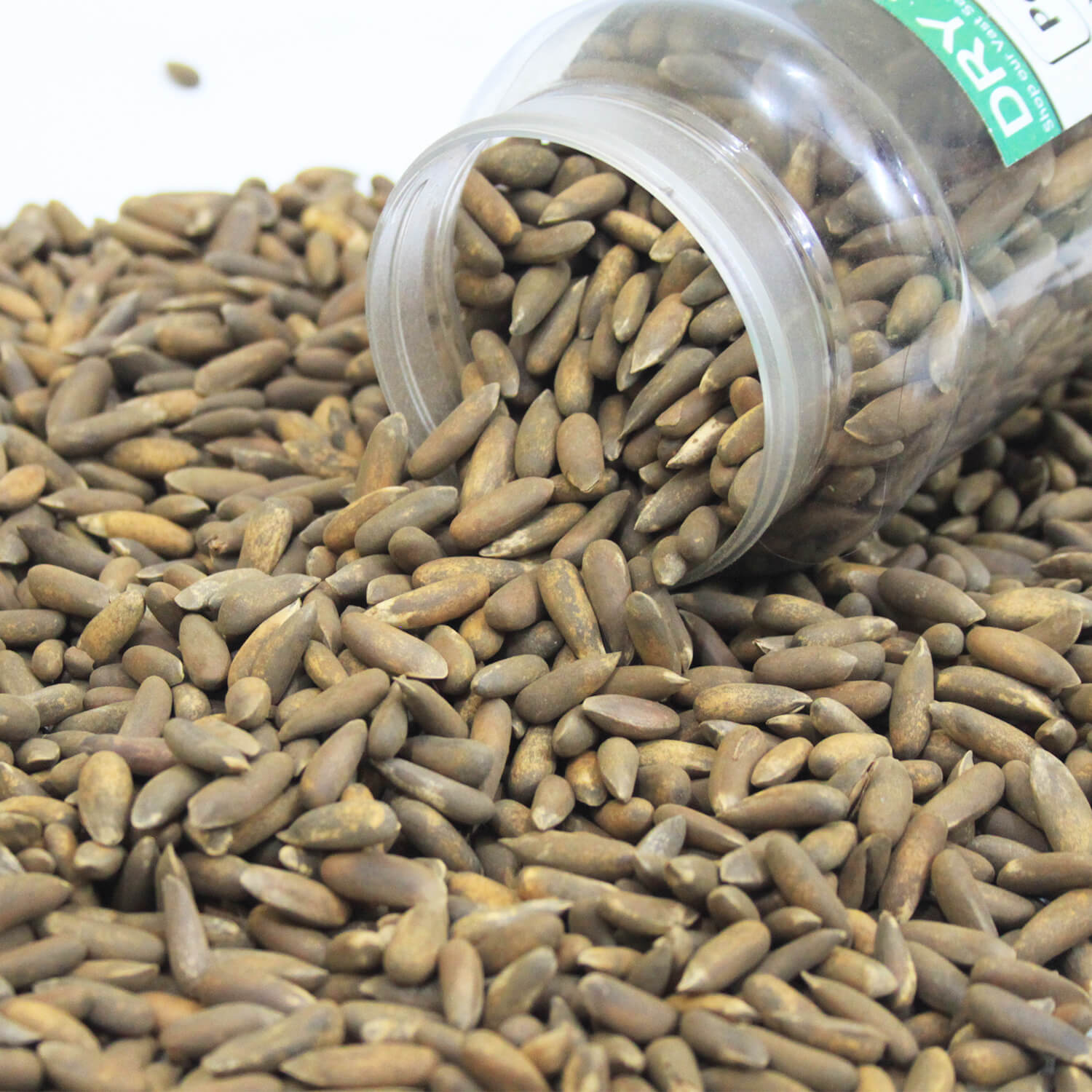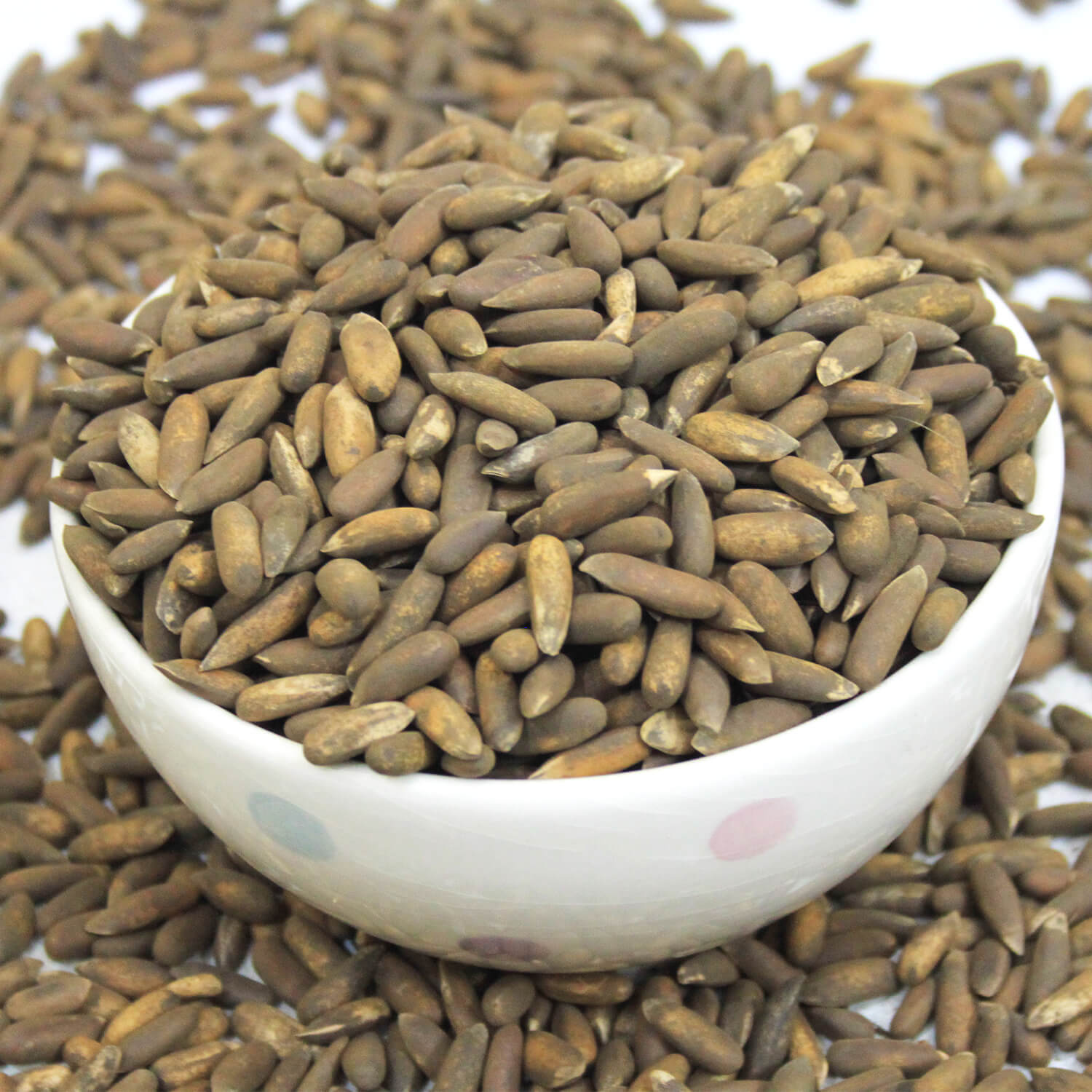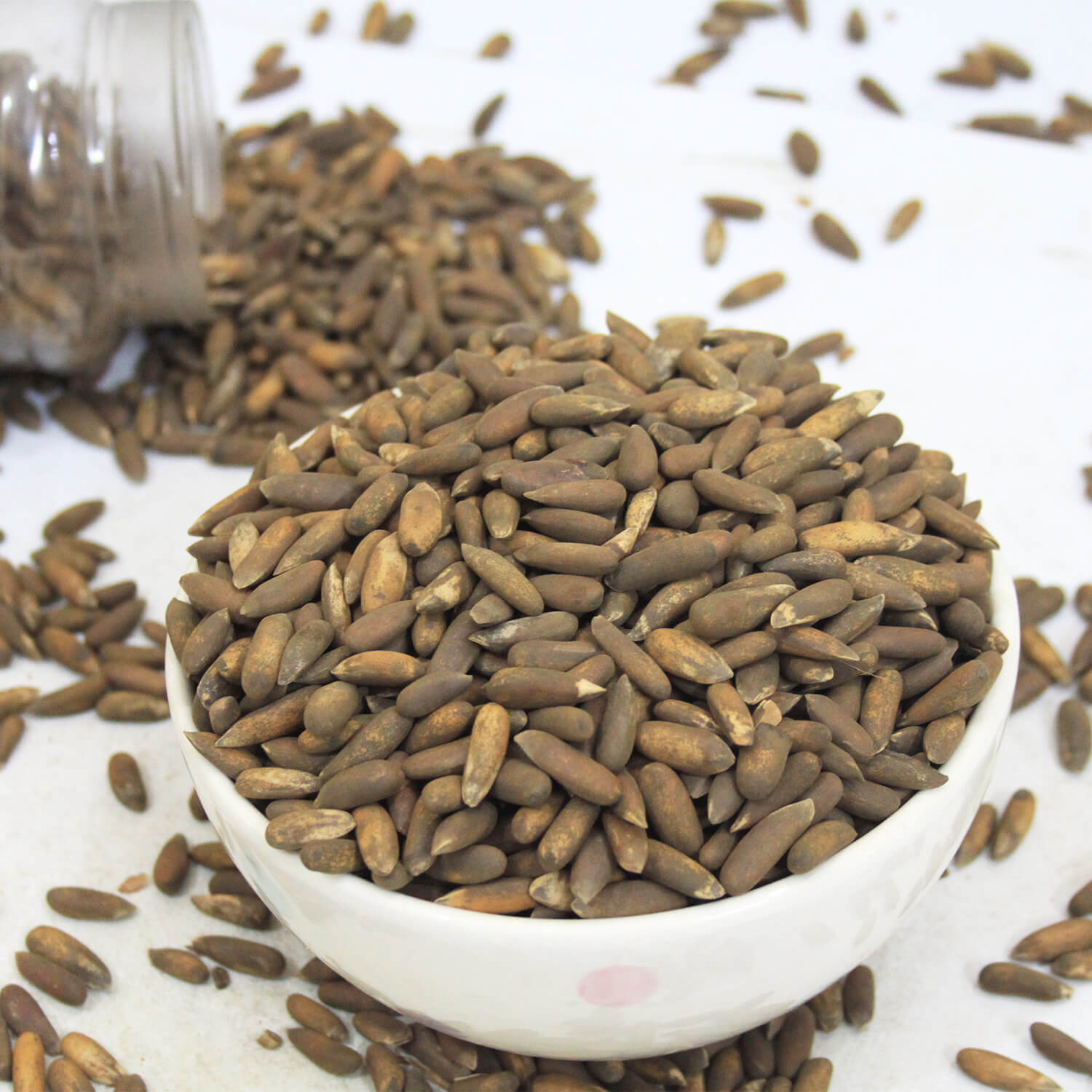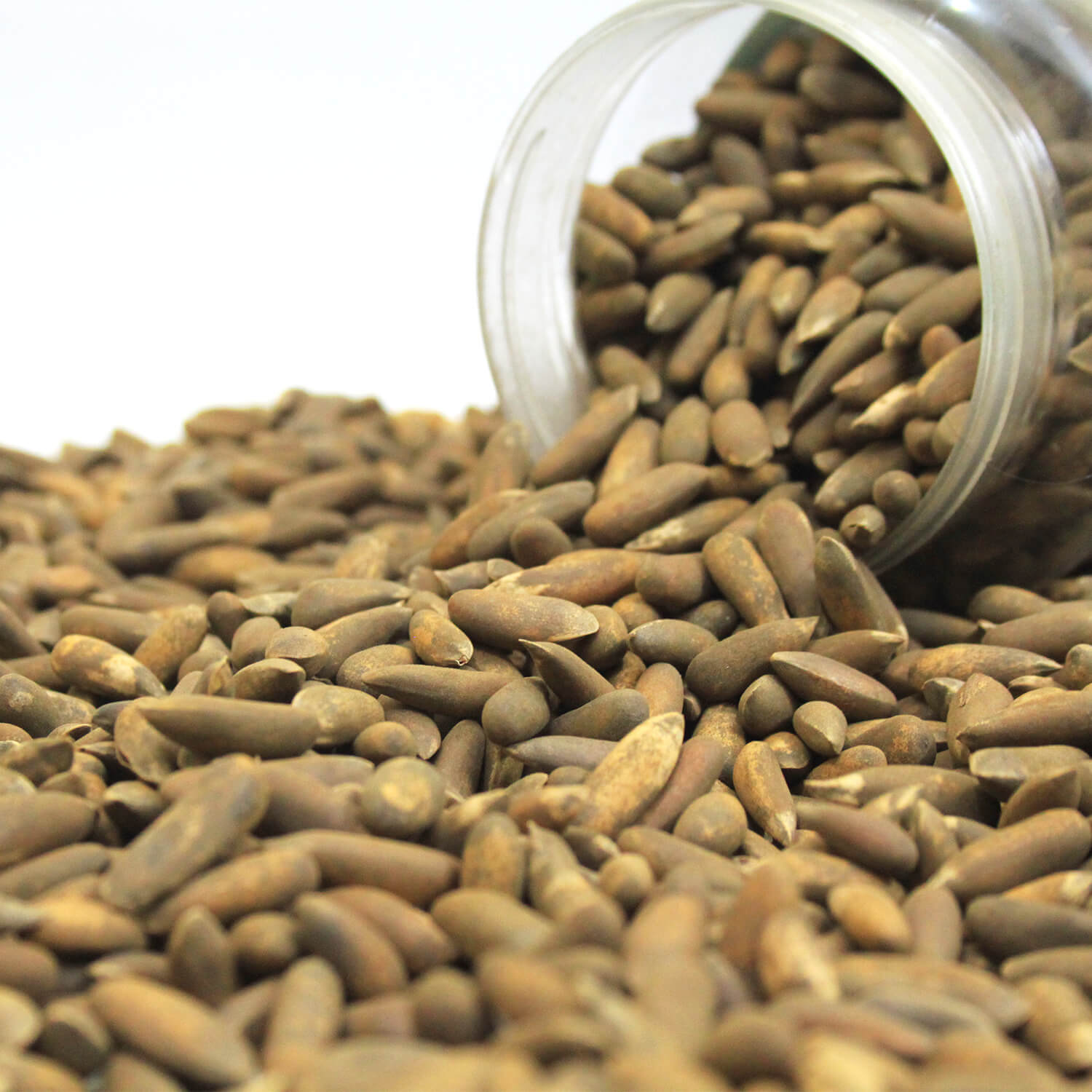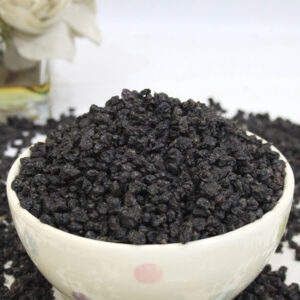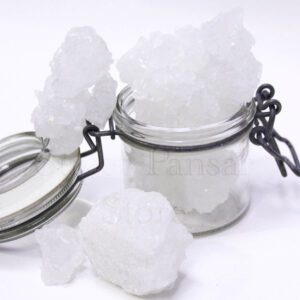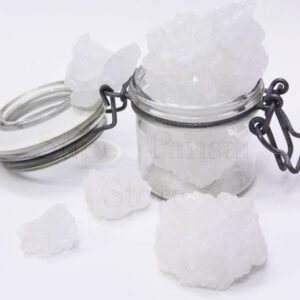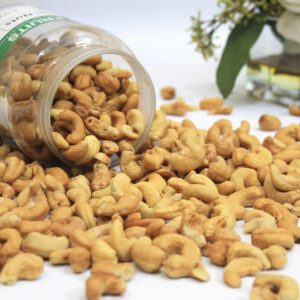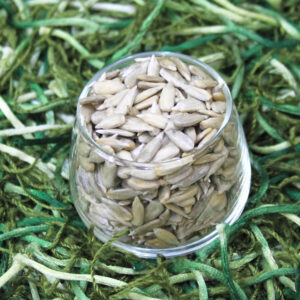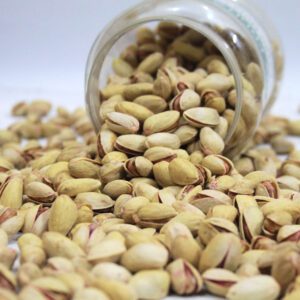Pine Nuts (Chilgoza) چلغوزہ
Price range: ₨ 3,200 through ₨ 15,000
Super Pine Nuts: Nature’s Tiny Powerhouses of Nutrition Found nestled within the cones of select pine tree species, pine nuts are celebrated for their delicate buttery flavor, smooth texture, and exceptional health benefits. These small, ivory-hued seeds are not only a culinary gem—used in pesto, salads, and desserts—but also a nutritional treasure, packed with heart-healthy fats, plant-based protein, and antioxidants like vitamin E. Sustainably hand-harvested, these luxurious nuts bring a touch of gourmet elegance and wholesome goodness to every dish they grace. Refrigerate to preserve their rich flavor and savor their natural vitality!
- Premium Quality
- Fresh Crop
- Organic
- Safely Processed And Packed
Overview
Pine nuts are the edible seeds that are found in the pine cones that grow on certain varieties of pine trees. Pine nuts are rich in monounsaturated fats and vitamin E, and have been consumed by humans since the Paleolithic period. These buttery nuts are most commonly used to make pesto sauce in Italian cooking Pine nuts are sourced from pine trees around the world. There are about 20 varieties of pine trees with seeds large enough to harvest.
Benefits
Pine nuts can increase your energy levels due to their protein, iron, and magnesium. The antioxidant power of vitamin E contained in them may help keep your skin healthy and young in appearance.
Pine nuts offer a good balance of protein, fats, and fiber to keep blood sugar levels stable. Along with this favorable macronutrient profile, pine nuts have beneficial micronutrients for diabetes management as well.
Pine nuts provide several cardiovascular benefits that may help prevent heart attacks and stroke. Consuming three servings or more of pine nuts or tree nuts per week (compared to none) lowers the risk of heart failure and atrial fibrillation.
pine nuts improve circulation for heart health, they also supply essential nutrients to the brain, helping to prevent cognitive issues like Alzheimer’s, Parkinson’s disease, and age-related dementia.
In older adults, increased pine nut intake may boost cognitive function and reduce depressive symptoms.
Pine nuts help maintain your body’s hormonal health as they are rich in zinc. zinc aids in healing and stimulates the activity of about 100 enzymes in the body.
Pine nuts are rich source of magnesium too. Magnesium is also known as the ‘Mood Mineral’. It helps decrease anxiety, stress and depression. These vital nuts calm the body and improve your sleep and memory.
The unsaturated fats found in pine nuts help increase insulin sensitivity. In addition, when eaten as a part of the meal, they can reduce the overall glycemic index.
Side Effects
The most common side effects of pine nuts are:
- Pine mouth syndrome: Bitter or metallic taste in the mouth after eating pine nuts is called pine mouth syndrome. It can be caused by the consumption of both raw and roasted pine nuts. Usually, the symptoms of this condition go away on their own (self-limiting) and they do not have any adverse effects on health.
- Allergies: Pine nuts can cause allergic reactions in some people. Some of the most common symptoms are:
- Anaphylaxis (a severe allergic reaction that can also lead to death)
- Urticaria (red bumps or rashes on the skin)
- Angioedema (swelling of face, nose, throat, etc.)
How To Consume
- Blend pine nuts with cheese, garlic, basil, cheese, and olive oil to make a pesto
- Sprinkle onto yogurt with fruit and other nuts to create a delicious parfait
- Add raw or roasted pine nuts to salads or pasta dishes
- Blend pine nuts into a homemade hummus
- Add them to vegetable side dishes such as roasted cauliflower, or green beans
- Mix pine nuts into grain side dishes such as quinoa or rice
- Top your pizza with pine nuts for an added crunch
Storage Instructions
Raw pine nuts should be consumed within a couple of months because the unsaturated fats tend to go rancid quickly. Store pine nuts in the refrigerator or freezer to prolong their shelf life.
If pine nuts start to smell rancid or look moldy, throw them away. You can also roast raw pine nuts or purchase roasted pine nuts; these will last longer than raw pine nuts.
Nutrition Facts
A one-ounce (28 grams) serving of pine nuts contains:
- Calories: 191.
- Protein: 3.9 grams.
- Fat: 19 grams.
- Carbohydrates: 3.7 grams.
- Fiber: 1.1 grams.
- Sugar: 1 gram.
- Magnesium: 71.2 milligrams.
- Phosphorus: 163 milligrams.
- Iron: 1.57 milligrams
Additional information
| Form | A Grade, B Grade, Premium |
|---|---|
| Weight | 250 Grams, 500 Grams, 1000 Grams |

